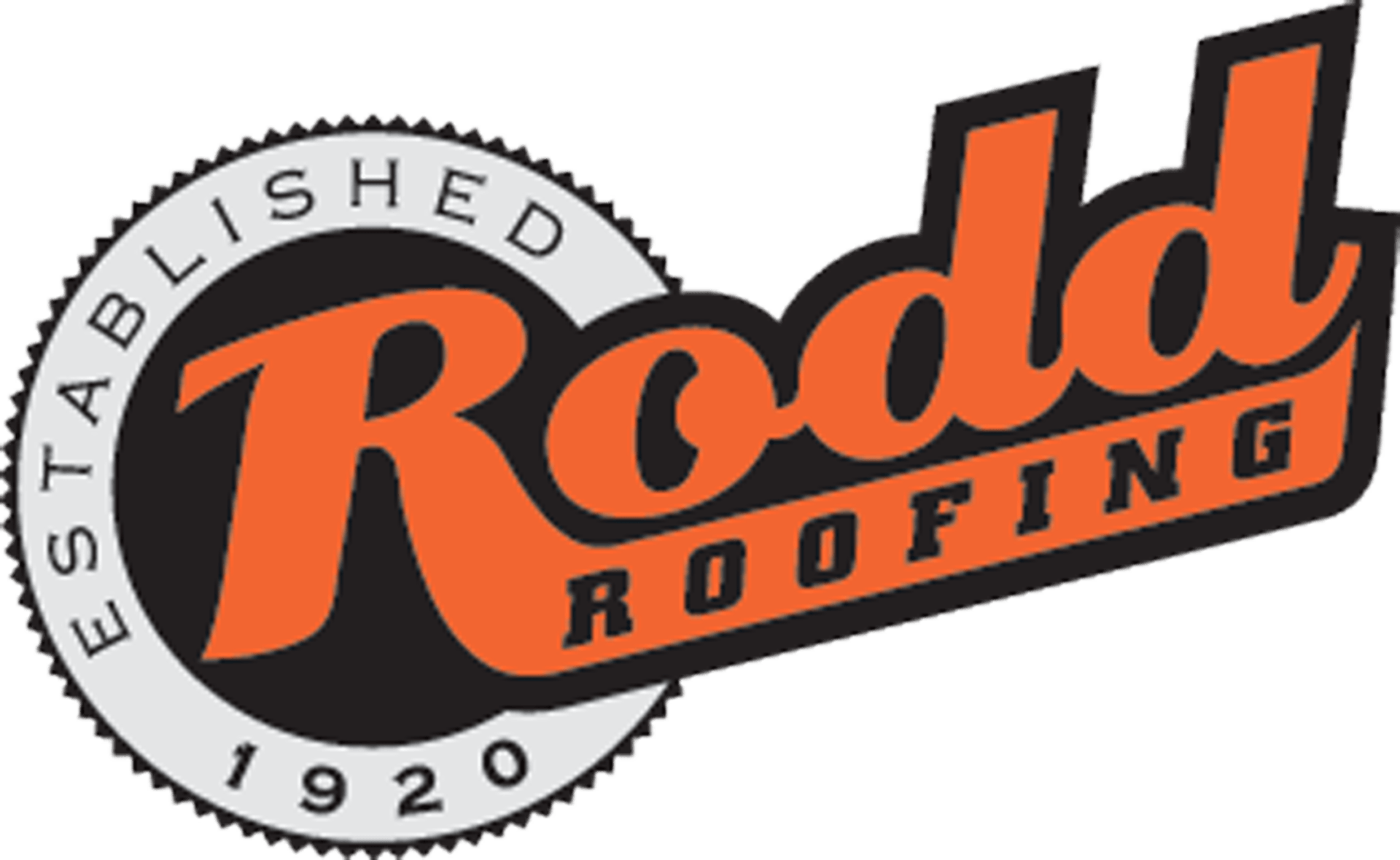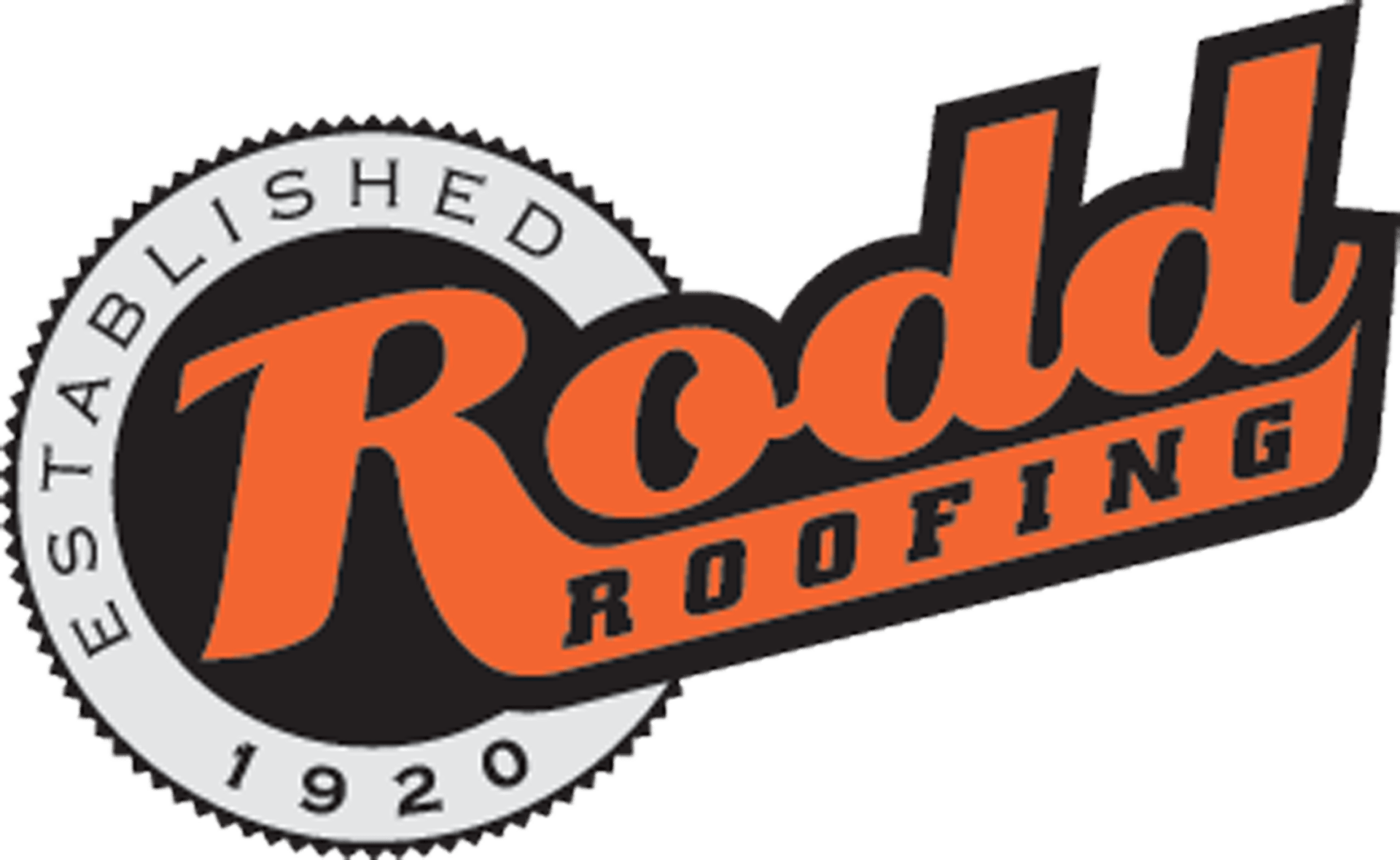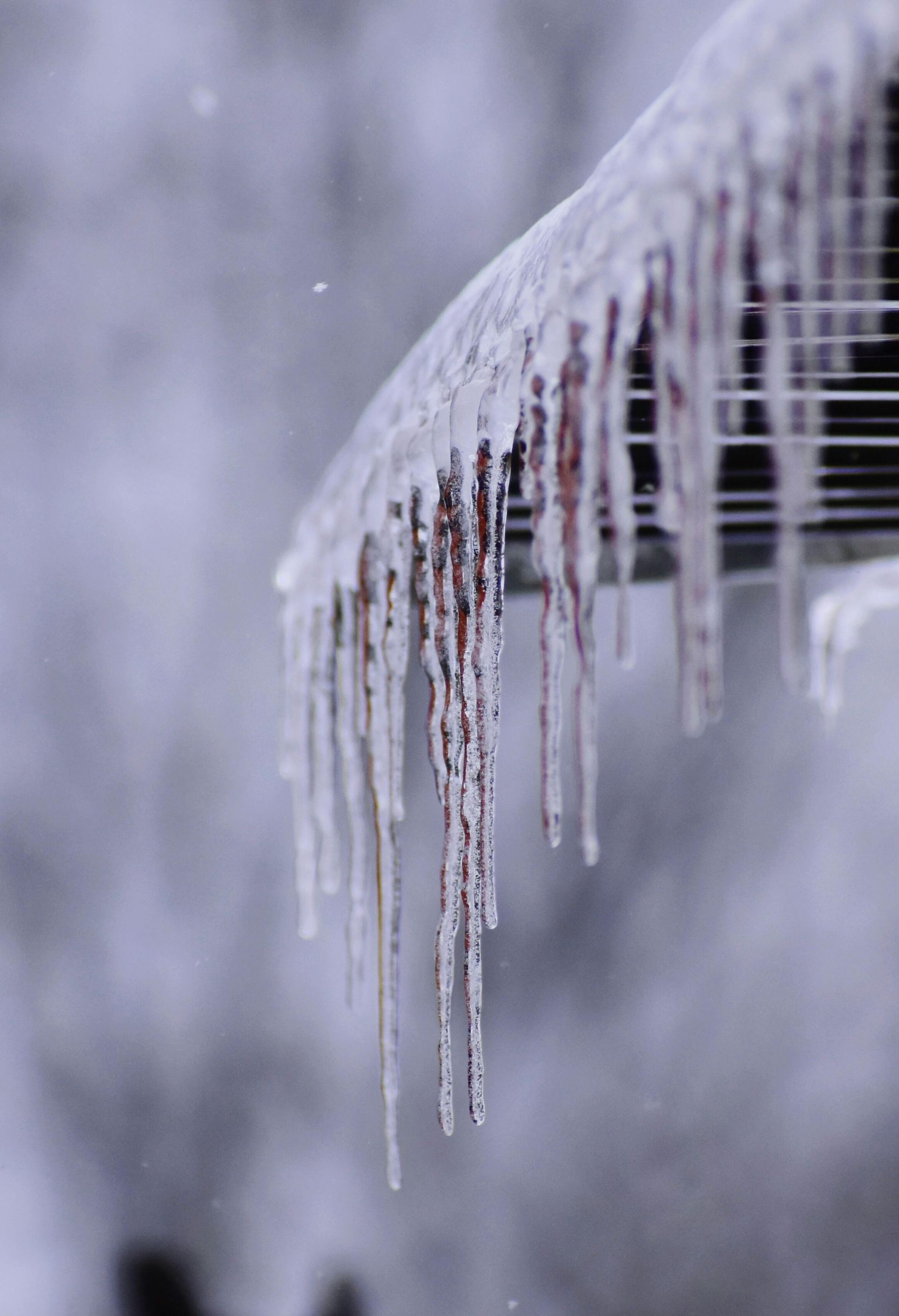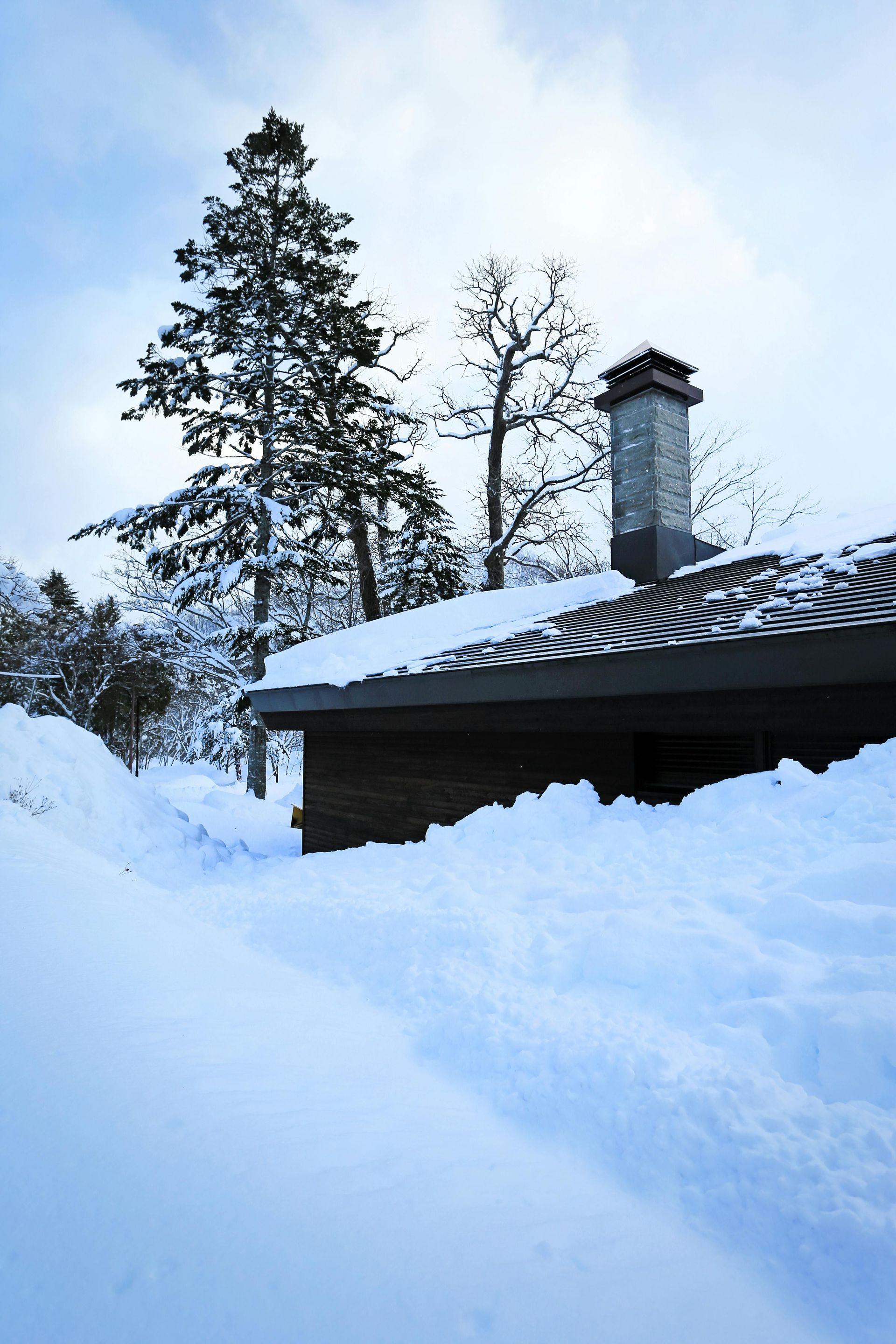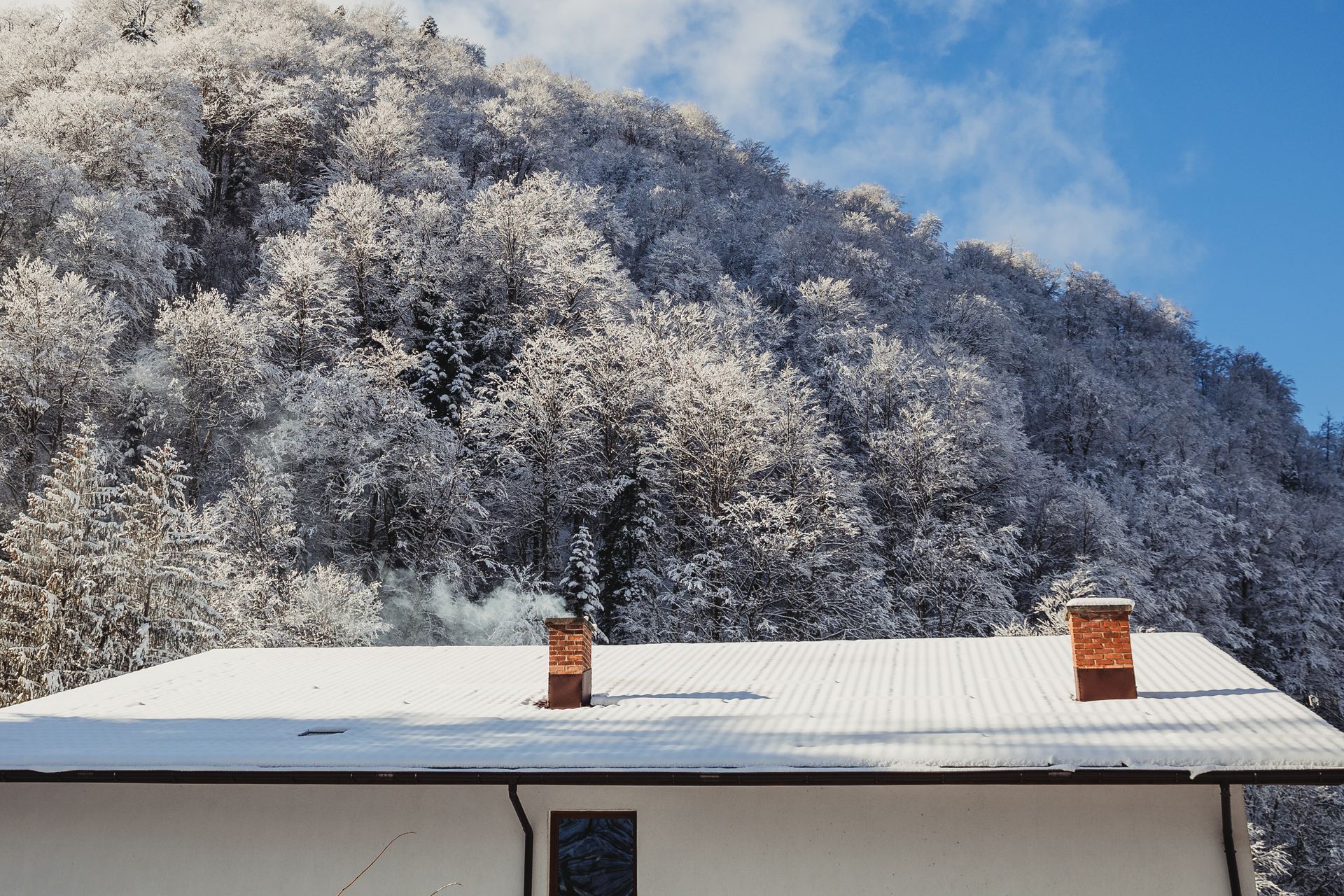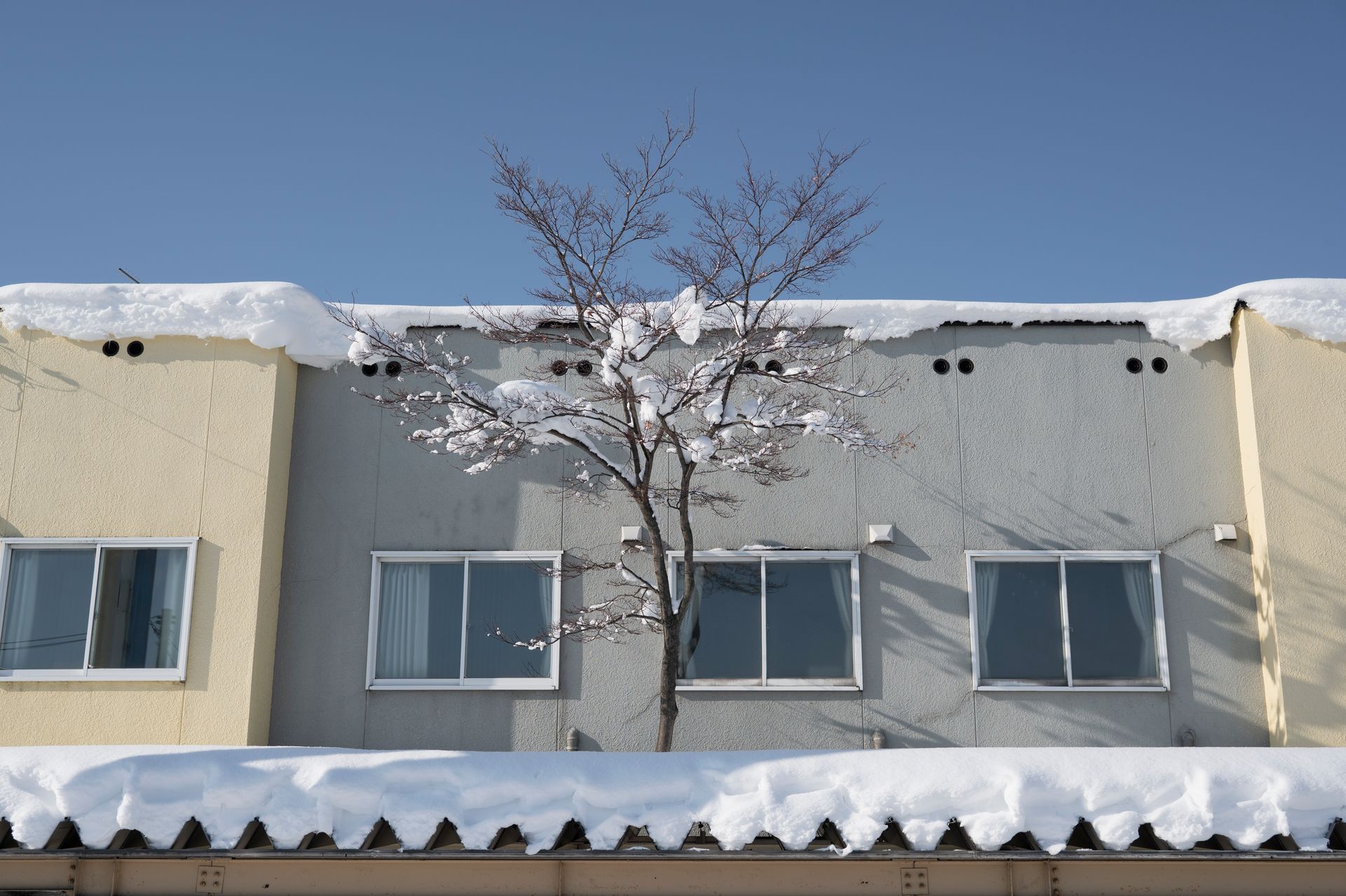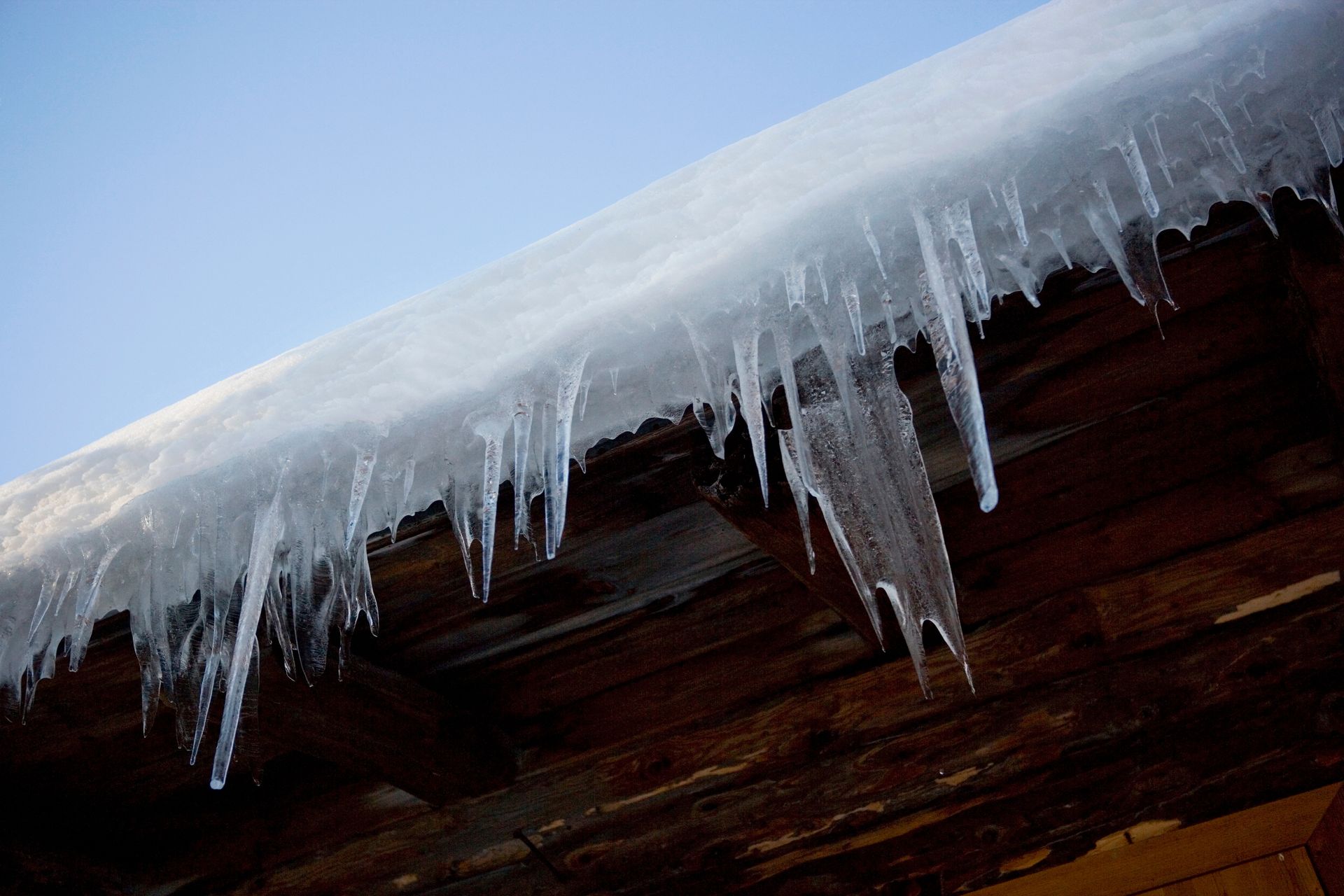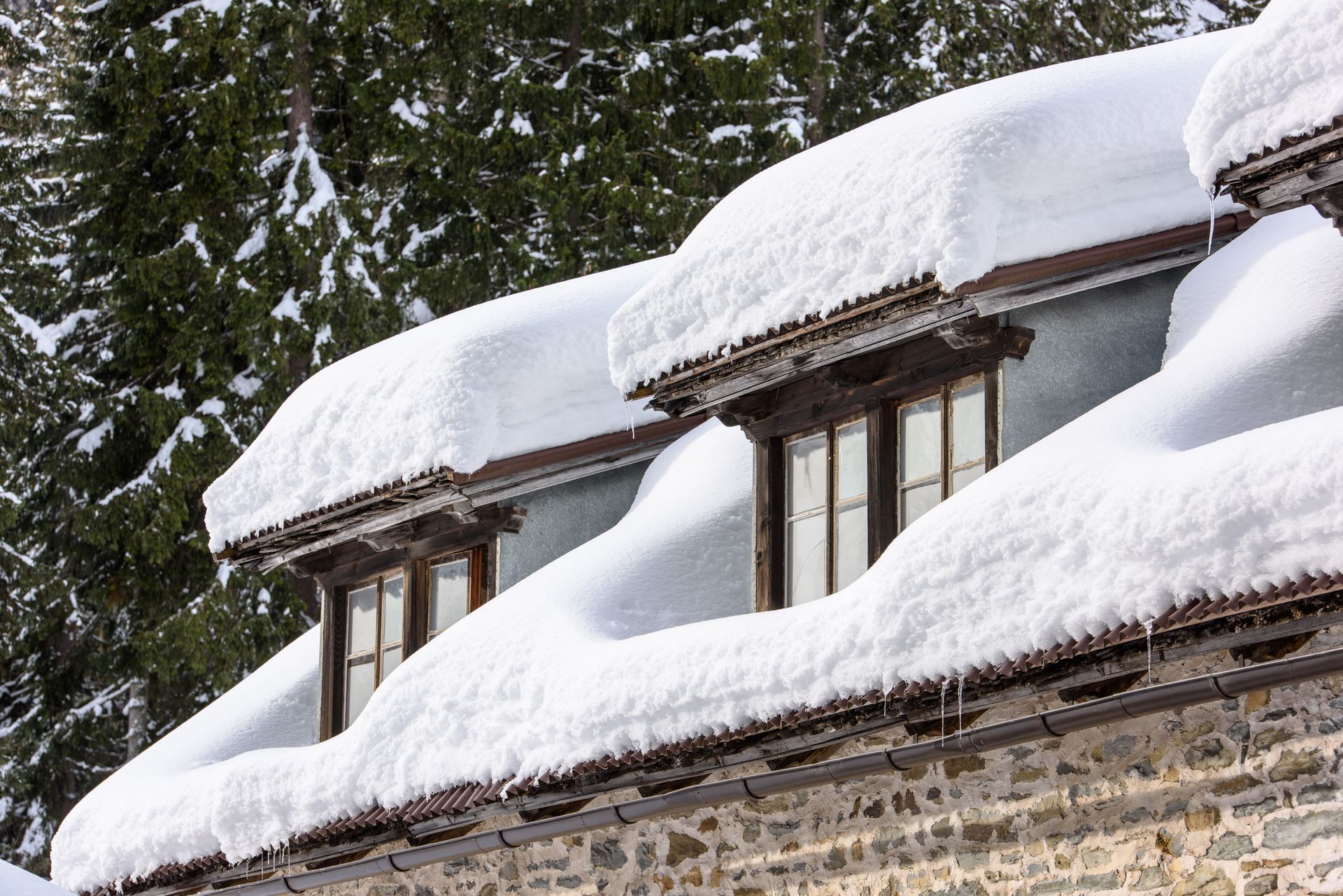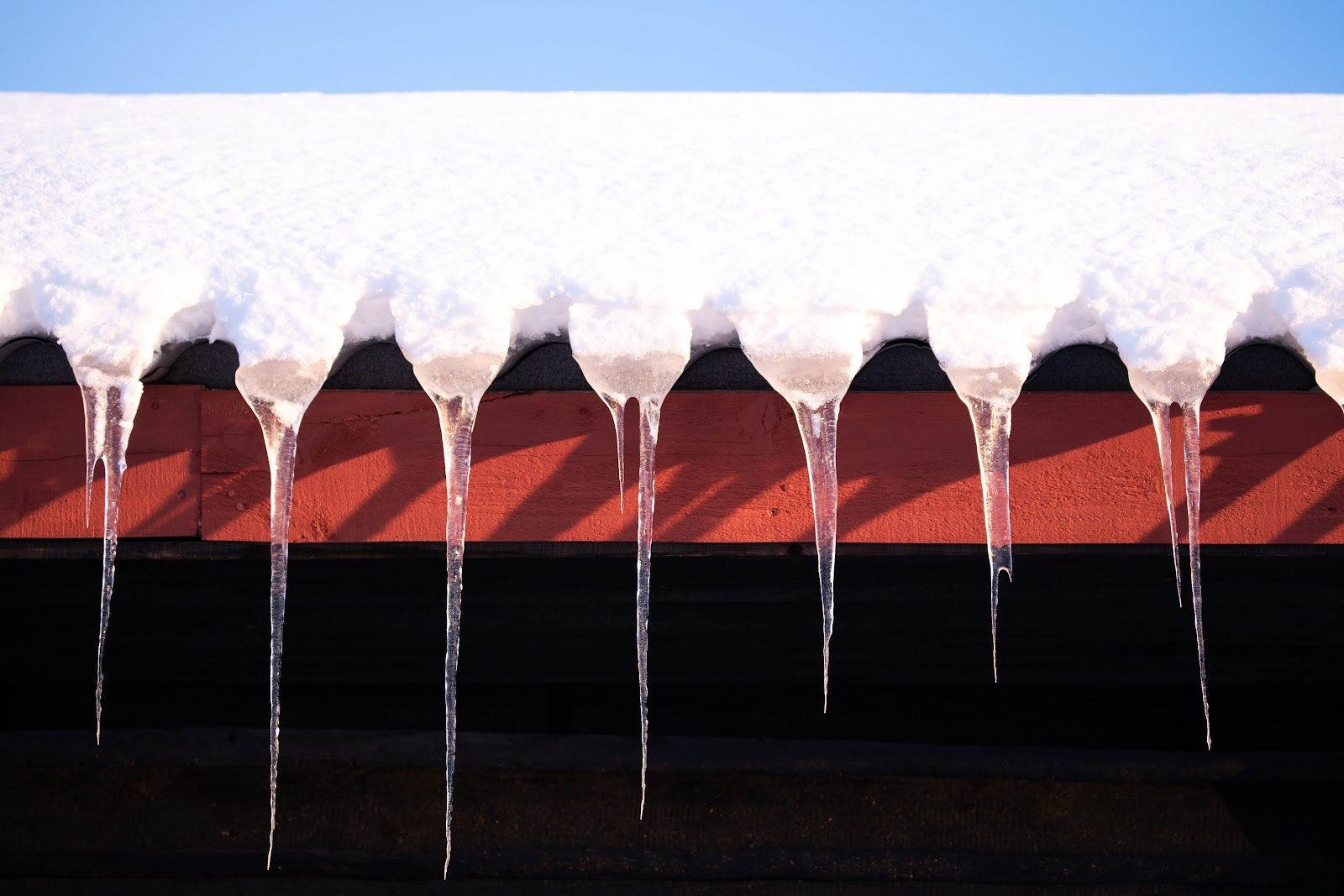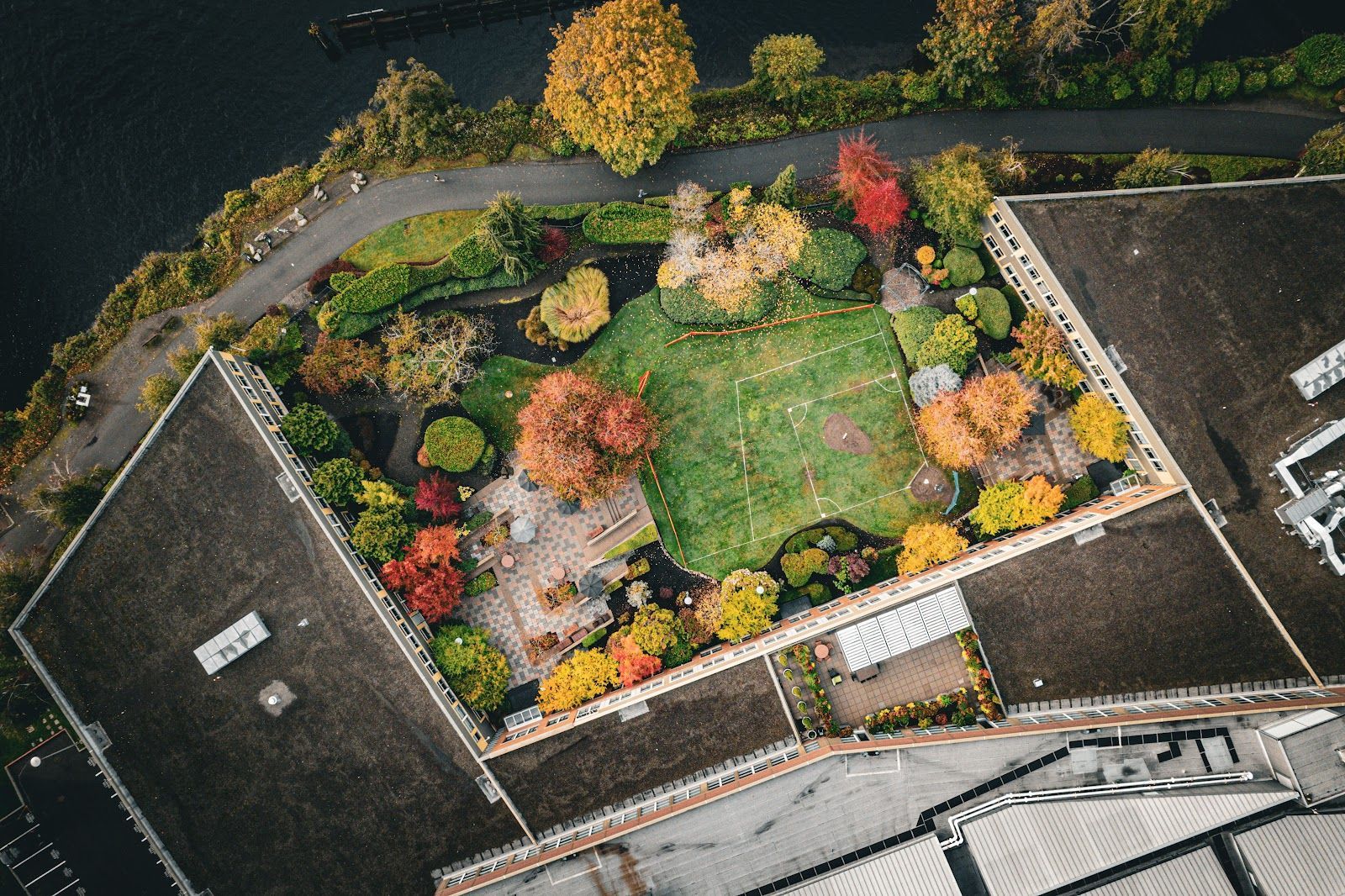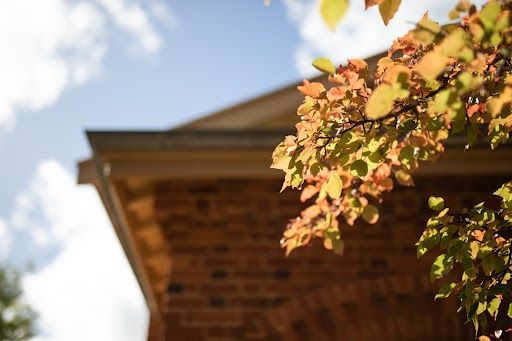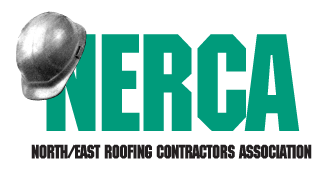Solar Panels and Your Roof: What To Know
Is My Roof Suitable For Solar Panels?
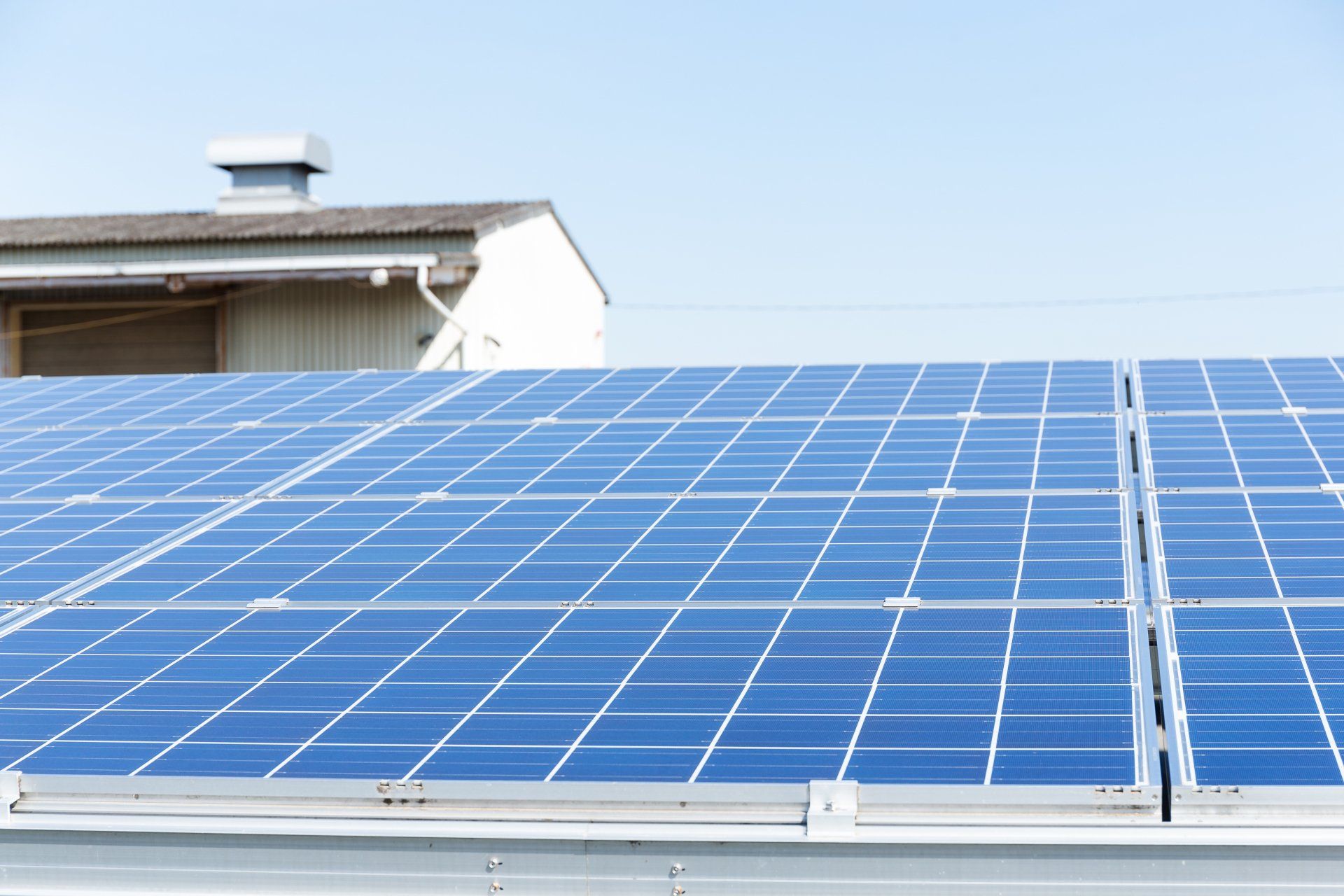
If you are considering installing solar panels on your roof, it is essential to ensure that they are safe and do not cause any damage. Solar panels can be a significant investment, so it is important to take the necessary precautions to avoid any potential issues down the line. Let's discuss some key factors to consider to ensure that solar panels are safe for your roof:
Roof Age & Condition
Before installing solar panels on your roof, it is important to assess the age and condition of your roof. If your roof is older and has a lot of wear and tear, it may not be able to withstand the foot traffic of solar panels. Installing solar panels on a weak roof can lead to further damage and may even cause leaks.
To determine the condition of your roof, you can get a professional inspection done. A professional will be able to identify any weak spots, damage or issues that may need to be addressed before the solar panels are installed. They will also be able to recommend any necessary repairs or replacements to ensure that your roof is in good condition.
Roof Material
The material of your roof is another important factor to consider when determining if solar panels are safe for your roof. Solar panels can be installed on a variety of roofing materials, including asphalt shingles, metal, tile, and flat roofs. However, some materials may be more difficult to work with than others.
For example, if you have a metal roof, you may need to use special mounting brackets to secure the solar panels. If you have a flat roof, you may need to use ballasted racking systems to keep the panels in place. It is important to work with a professional installer who has experience working with your specific roofing material to ensure that the installation is done correctly.
Roof Orientation & Angle
The orientation and angle of your roof are also important factors to consider when determining if solar panels are a good fit for your roof. Solar panels work best when they are exposed to direct sunlight, so the orientation of your roof is crucial. Ideally, your roof should be south-facing to maximize the amount of sunlight that your solar panels receive.
The angle of your roof is also important, as it can affect the efficiency of your solar panels. Most roofs have a slope of between 15 and 40 degrees, which is ideal for solar panels. If your roof is too flat, solar panels may not be able to generate enough energy to make it worth the investment. If your roof is too steep, it may be difficult to install the panels securely.
Installation Process
The installation process is crucial to ensuring that solar panels are safe for your roof. A professional installer should follow all safety protocols and use the proper equipment to ensure that the panels are installed securely. The installer should also ensure that the panels are installed in a way that does not damage your roof or compromise its integrity.
It is important to work with a reputable installer who has experience installing solar panels. You can ask for references and check online reviews to ensure that the installer has a good reputation. The installer should also be licensed and insured to protect you in case of any accidents or damage.
Installing solar panels on your roof can be a great way to save money on energy costs and reduce your carbon footprint. However, it is important to ensure that the panels are safe for your roof before making the investment. By considering the age and condition of your roof, the orientation and angle of your roof, the material of your roof, and the installation process, you can ensure that your solar panels are installed safely and securely. Working with a professional installer who has experience with your specific roofing material is also essential to ensure a successful installation. At Rodd Roofing, we are committed to helping you make the best decision for your roof and for your home!
